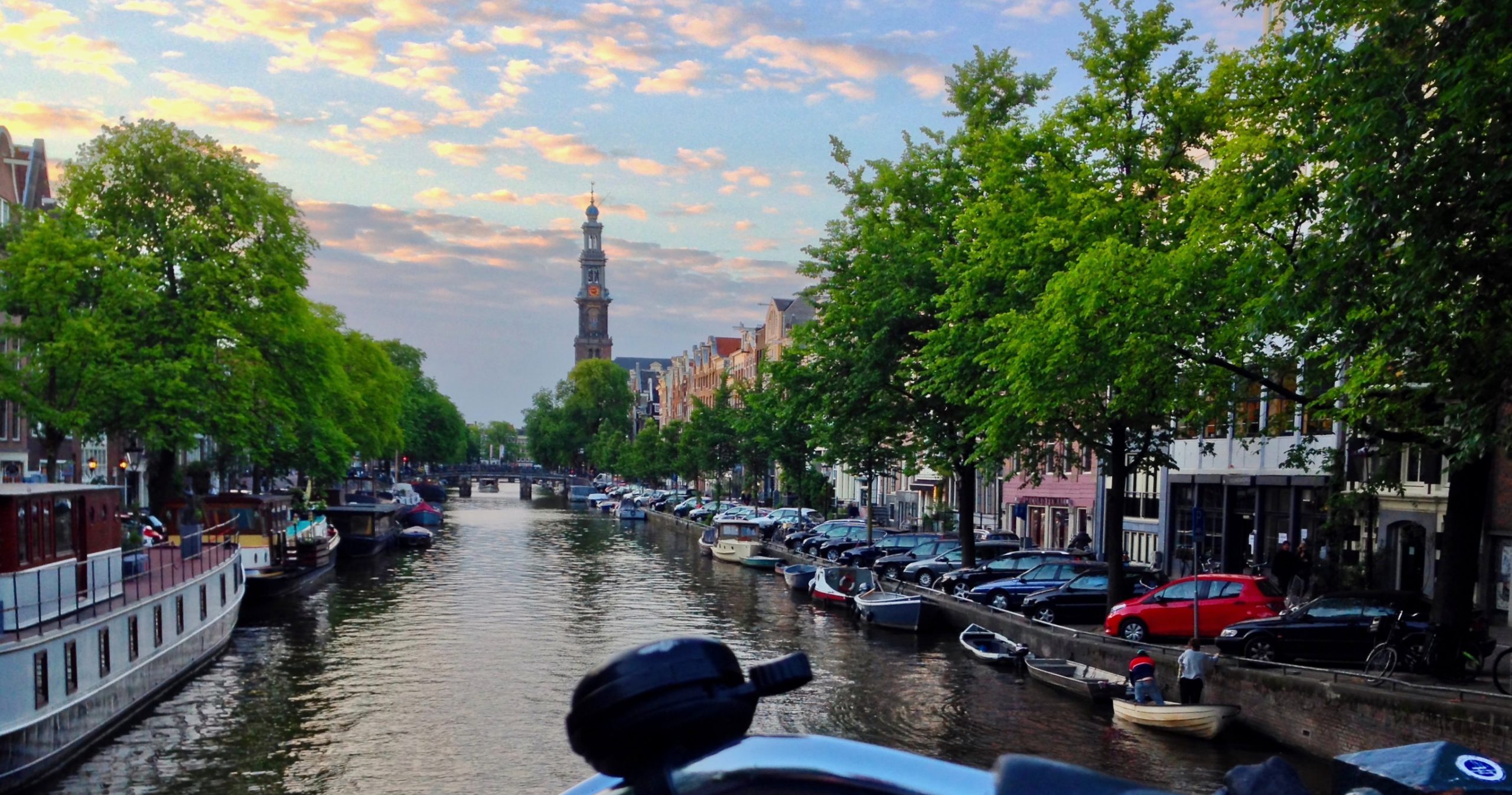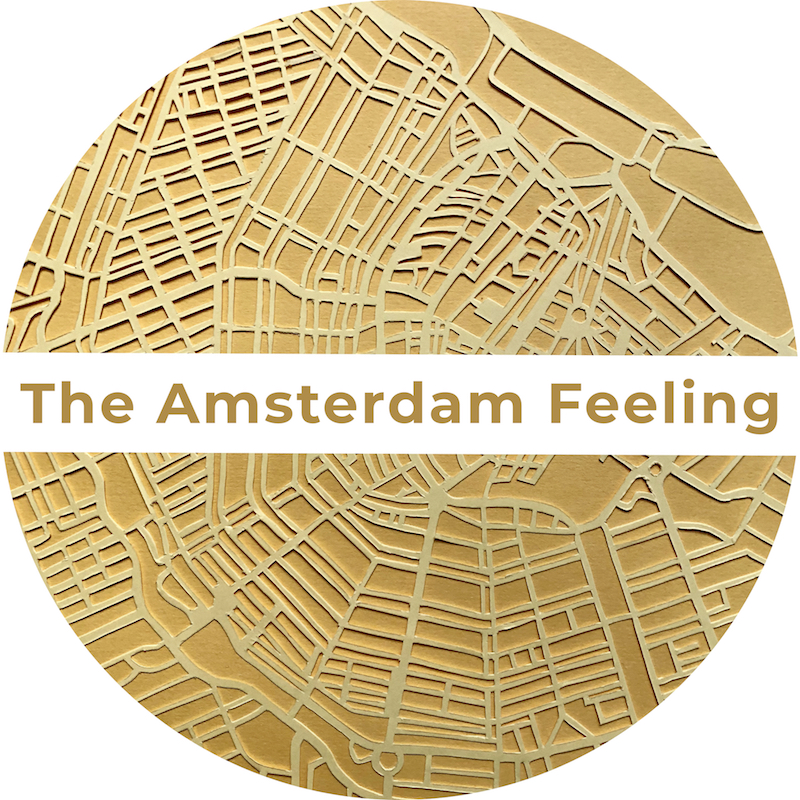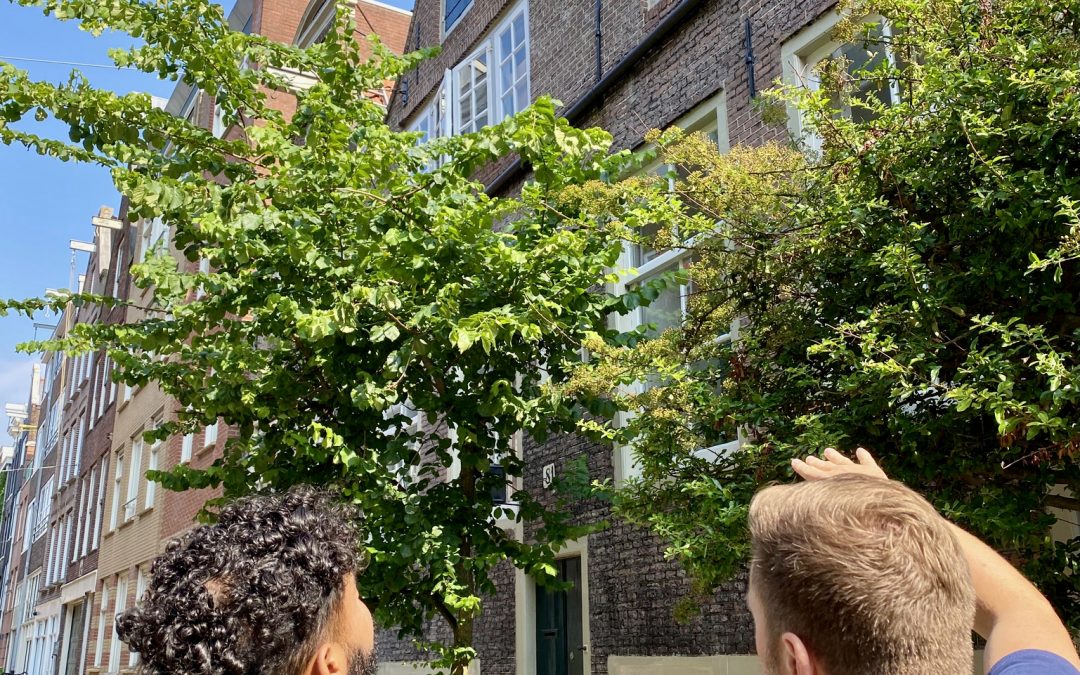Last Updated on May 26, 2024 by Christian Heide
Amsterdam is a city renowned for its picturesque canals, vibrant culture, and rich history. Among its many neighborhoods, the Jordaan district stands out as a quintessential example of the city’s unique charm. Once a working-class area, the Jordaan has evolved into one of Amsterdam’s most desirable quarters, known for its narrow streets, lively atmosphere, and a mix of historical and modern elements. This post delves into the fascinating aspects of Jordaan, from its origins to its present-day allure.
A Brief History of Jordaan
The Jordaan district was established in the early 17th century during the city’s Golden Age. Initially, it was a densely populated area inhabited by artisans, laborers, and immigrants who flocked to Amsterdam in search of work. The name “Jordaan” is believed to be derived from the French word “jardin,” meaning garden, reflecting the numerous gardens that once dotted the neighborhood. Another theory suggests that it could be named after the river Jordan, aligning with the biblical theme of the neighboring streets named after trees and flowers.
Despite its humble beginnings, the Jordaan played a significant role in Amsterdam’s development. The district’s inhabitants were known for their hard work and strong sense of community. However, by the 19th century, the area had fallen into disrepair, becoming synonymous with poverty and overcrowding. It wasn’t until the late 20th century that a wave of gentrification transformed the Jordaan into the vibrant and trendy district it is today.
Strolling Through the Jordaan
Walking through the Jordaan is like stepping back in time. The neighborhood’s layout remains largely unchanged, with narrow streets, small bridges, and canals creating a picturesque setting. The best way to explore the Jordaan is on foot or by bicycle, allowing you to fully appreciate its unique character and hidden gems.



Prinsengracht and Bloemgracht Canals
Two of the most iconic canals in the Jordaan are Prinsengracht and Bloemgracht. Prinsengracht, one of Amsterdam’s four main canals, runs along the eastern edge of the Jordaan. It is lined with historic buildings, cozy cafes, and houseboats that epitomize the city’s canal life. Bloemgracht, on the other hand, is a more intimate canal, known for its flower-filled gardens and charming bridges. A stroll along these canals offers a glimpse into the district’s rich history and architectural beauty.
Westerkerk and Anne Frank House
No visit to the Jordaan would be complete without seeing the Westerkerk and the Anne Frank House. The Westerkerk, a stunning 17th-century church, is one of Amsterdam’s most famous landmarks. Its towering spire offers panoramic views of the city and the surrounding canals. Nearby, the Anne Frank House stands as a poignant reminder of the city’s history during World War II. This museum, located in the actual house where Anne Frank and her family hid from the Nazis, provides a moving and educational experience for visitors.
Cultural Hotspots and Hidden Gems
The Jordaan is not just about history; it’s also a hub for culture and creativity. The district boasts a plethora of art galleries, boutique shops, and markets that cater to both locals and tourists.
Art and Antiques
For art enthusiasts, the Jordaan is a treasure trove. The district is home to numerous galleries showcasing contemporary art, as well as antique shops that offer unique finds. The Jordaan’s art scene is diverse, featuring everything from traditional Dutch paintings to avant-garde installations. The monthly Open Studio Days provide an excellent opportunity to meet local artists and explore their workspaces.
Noordermarkt
One of the highlights of the Jordaan is the Noordermarkt, a bustling market held every Saturday and Monday. On Saturdays, the market transforms into an organic farmers’ market, offering fresh produce, artisanal bread, cheese, and other local delicacies. Mondays are dedicated to a flea market, where you can find everything from vintage clothing to rare antiques. The market is a vibrant reflection of the Jordaan’s eclectic spirit and a great place to mingle with locals.
Cozy Cafes and Restaurants
The culinary scene in the Jordaan is as diverse as its inhabitants. The district is dotted with cozy cafes, charming bistros, and trendy restaurants. Whether you’re in the mood for traditional Dutch cuisine or international flavors, the Jordaan has something to satisfy every palate. Popular spots include Café de Prins, known for its hearty Dutch dishes, and Winkel 43, famous for its delicious apple pie.



The Modern Jordaan
Today, the Jordaan is a harmonious blend of old and new. While the district retains its historical charm, it has also embraced modernity. Trendy boutiques, innovative restaurants, and contemporary art spaces coexist with traditional brown cafes and historical landmarks. The neighborhood’s transformation has made it one of the most desirable areas to live in Amsterdam, attracting a mix of young professionals, artists, and families.
Conclusion
The Jordaan district is a microcosm of Amsterdam’s rich history, cultural diversity, and vibrant lifestyle. Its narrow streets, scenic canals, and historical landmarks offer a glimpse into the city’s past, while its art galleries, markets, and cafes reflect its dynamic present. Whether you’re a history buff, an art lover, or simply looking to soak up the local atmosphere, the Jordaan is a must-visit destination in Amsterdam. As you wander through this charming neighborhood, you’ll discover why it continues to captivate the hearts of both locals and visitors alike.
Things to do in the Jordaan district of Amsterdam
- The Amsterdam Feeling offers a walking tour off-the-beaten-track that provides a great insight into the neighbourhood. “Explore hidden streets” is a wonderful introduction into the history of Amsterdam – starting in the busiest areas and then escaping the crowds to discover the Jordaan – a village within the city.
- Rent an electric boat and discover the beautiful Jordaan canals from the water – a different perspective to see the city!
- Visit one of the oldest cafés of Amsterdam. Cafe t’Papeneiland is located in a historic building of 1642. The apple pie is very delicious. This was even recognised by former President Clinton who visited the café in 2011.

